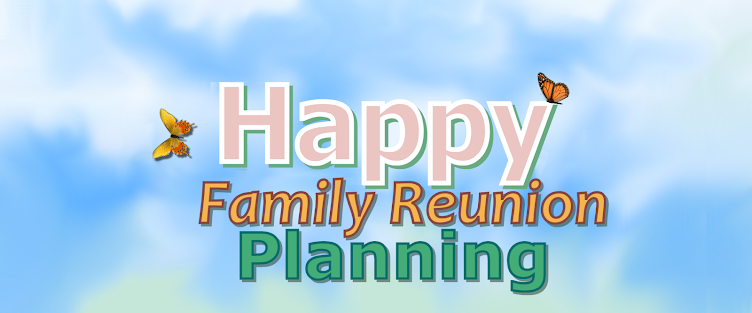It's recommended that you keep your research findings in a depository on your mobile device or laptop computer. If you prefer to write on paper consider using a notebook as well as research forms ideal for PDF notation or printing paper compilations that will help you keep your research organized and in logical order. Many of these forms (in MS Word .doc format) can be downloaded for free at http://genealogy.fimark.net,
If your research becomes location specific consider looking up family history blogs using specific locations and all versions of your family surname.
Fascinating Journey
Now lets make things more interesting. So you found out your ancestors migrated from another state, country or continent? Visit researched destinations online. Discover the layout of the land, culture and the social and political climate of their day. Want to dig deeper? Need more details? If your research gradually becomes more ethnic, culture and race specific, for example African American, Jewish or Irish, a good place to continue your search might be afrigeneas.com, jewishgen.org or irishgenealogy.com.Signing up to web sites like ancestry.com, genealogy.com and rootsweb.com may reveal more about your origins from several interesting angles much of which may already by compiled for your examination by other family researchers.
Take Your Time
Give yourself a day at the library or Family History Center, ask a relative those burning family history questions you've always wondered about and start collecting photos, recording audio/video interviews while taking notes of each family members story.Family History Compilation
When doing family history research it's important to take notes as you go. Your notes would include the following:Your research objects and findings
All web sites visited
Objectives and findings from the visit
Next task, approach and results
Copy, download or links to useful content, documents, research tools, etc.
Research Depository
Create a depository in the form of a Hierarchical filing system. Your main folder can be titled Surname_History where Surname is the last name of the family you are researching. You may need to create sub-folders for various spelling versions of that surname. You may also need sub-folder for dated materials such as Civil War records or Post Civil War research. Files that are specific to dates can be dated by year, for example: 1871_migration or 1948_migration.Name folders as follow:
1. Notes
2. Articles
3. Photos
4. Video
5. Presentation Ideas
6. Chronological Compilation
7. Presentation
8. Misc
This evening look for our final article in this Lunch Break Family History Research series we'll discuss how to create family history presentations online using s blog and eBook application, presentations on DVD, research paper compilations and how to find other creative genealogy research presentation ideas from Fimark's Genealogy Presentation Awards.



No comments:
Post a Comment